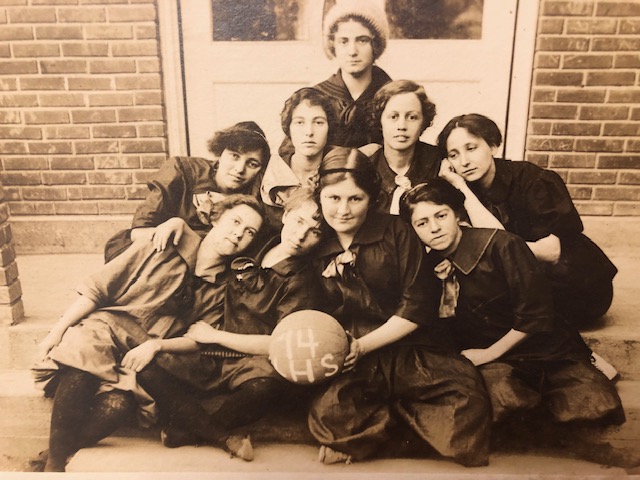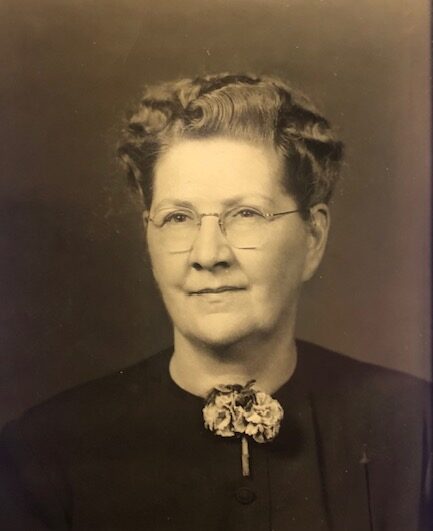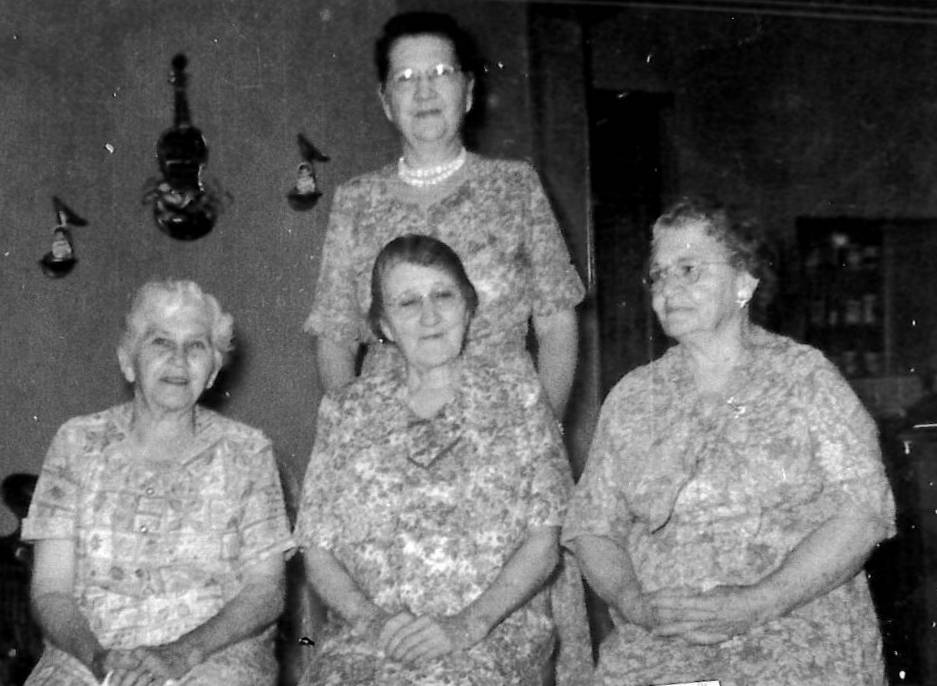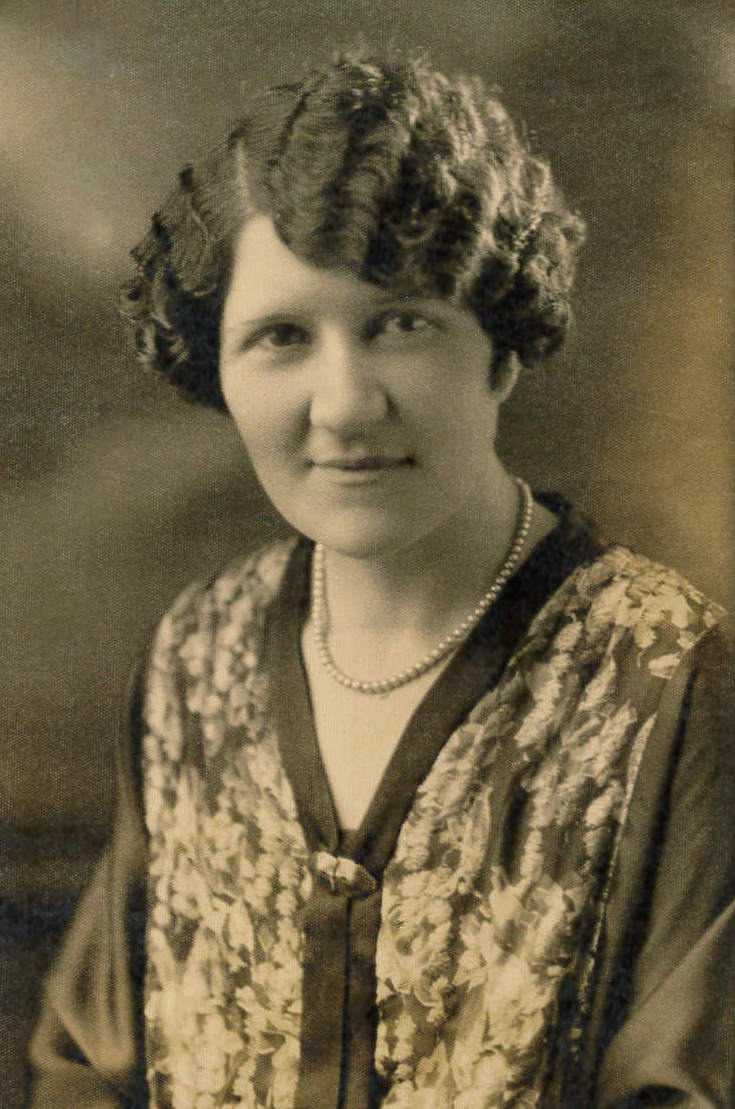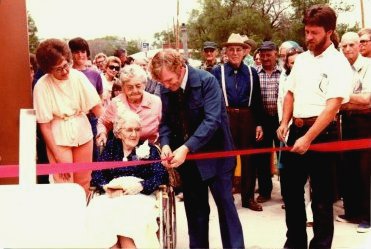In section 5 in the northeast corner of the Lakin Cemetery stands a grave that has been veiled in mystery for many years. Was the man buried there Chinese or Japanese, a cook or a farmer? Over the years, various theories and translations of the foreign language on the marker have been offered, but they don’t add up to a neat and tidy airtight case.
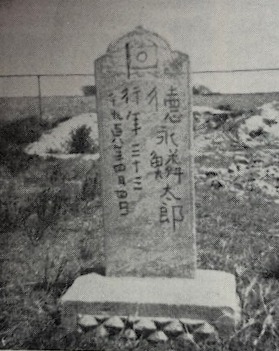
As reported in Volume I of the History of Kearny County Kansas, the grave was thought to be that of a Chinese man who was an employee of the Garden City Land and Irrigation Company. The man was supposedly a cook for the construction gang during the making of Lake McKinney.
The second volume of Kearny County history stated the grave was believed to be that of a man of Japanese origin who died in Kearny County in April 1908. “One translation states that he was a man of 24 years by the name of Inutaro Miiyamoto.” There is no information provided as to where this theory was derived.
In 1976, Richard L. Spear, Associate Professor of Oriental Languages & Literature at the University of Kansas, translated the inscription on the tombstone and identified the man buried there as Rintaro Tokunaga. “Tokunaga is the family name, Rintaro the given name. The characters are read down from right to left. They are clearly carved by someone unfamiliar with written Japanese,” wrote Spear. Spear further wrote that Tokunaga was of Japanese descent and was 33 years of age at the time of his death on April 4, 1908.
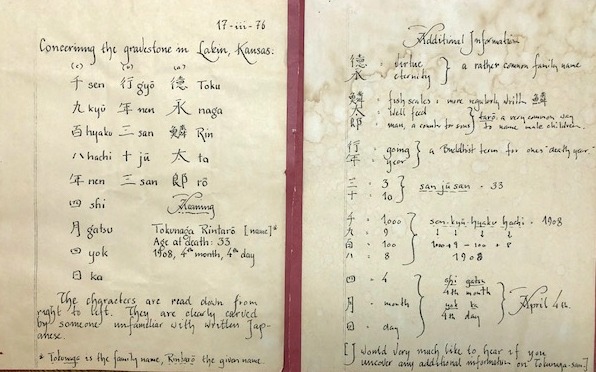
In the early 1980s, Verla Hancock of Springfield, Colorado made a rubbing of the gravestone while visiting friends in Lakin. She sent a copy of the inscription to the Department of State in Washington to have it translated into English to which she received the following reply, “We have translated the inscription as follows: “My dearest husband Takumago Taro Age 33, April 4, 1908.” Furthermore, the Department of State letter noted the name and the flag on top of the stone were both Japanese.
No mentions of a local Chinese man could be found in the papers; however, there were two mentions of a Japanese man dying at this time. On May 1, 1908, The Lakin Investigator reported that “Mr. Ritapunago, one of our Japanese farmers on the southside, was buried in the Lakin cemetery on Wednesday afternoon. He was 35 years of age.” A week later, the Advocate report was basically the same but did not list an age or name.
A few years ago, the Museum was gifted with the old Rolodex systems from the Lakin Cemetery. Curiously enough, the index card for the grave listed two names, Rintaro Tokunaga and Ritapunago. “News” was cited as the source of the information. In 1960 when Vernon “Barney” Barnes became caretaker of the Lakin Cemetery, many of the graves were not marked nor entered in the records. Little by little, Barney and his wife, Betty, put together whatever information they could find, and it is very likely that the rolodex card was completed during this time.
Eventually Betty published a series of books entitled “Diggin’ Up Bones” which contains obituaries for those buried in local cemeteries. Betty’s entry for the mysterious grave reads, “Tokunaga, Rintaro – Sec. 5 NE Corner of Cemetery” but includes the May 1, 1908 article from the Lakin Investigator with Mr. Ritapunago’s name in it. Having his age and name wrong in the newspaper would not have been uncommon for that time, especially when the subject was a little-known foreigner and Japanese interpreters were scarce. Perhaps that is the conclusion that Betty Barnes came to and that she believed the two men were one in the same; however, she also included the Department of State’s translation in her entry.
In researching this article, the author could find no information or records for any of the names associated with the grave other than Tokunaga’s but did uncover a new piece of evidence. An article appearing in the Dec. 22, 1908 Hutchinson News reported that the M.L. Grimes monument company had just completed a gravestone to mark the grave of a native of Japan. “The stone is not large and it contains the darwing (drawing) of the Japanese flag and the Japanese letters spelling out the name of R. Tokunaga, who died on April 4, 1908.” The paper said the stone was ordered by a friend of Mr. Tokunaga’s who was living at Granada, Colo. Grimes said the gravestone was the first that his store had made for a foreigner and that the Japanese lettering was a new thing for the workmen in the shop; however, the article stated that Mr. Tokunaga had died at Granada and was buried there.
There are too many similarities in the Hutch News article to dismiss it. Research in the online archives of the Colorado papers, on findagrave.com and Ancestry came up empty for an R. Tokunaga in Colorado at that time. Japanese began settling around the Granada area in 1900, and it is possible that Tokunaga came to Kearny County from there. In 1907, the Garden City Reflector and Advocate reported that the sugar company (later known as Garden City Land and Irrigation Company) was leasing several sections of its land in Kearny County to Japanese farmers to cultivate sugar beets. Many of the businessmen who invested in the sugar beet industry were from Colorado so it makes sense that they recruited Japanese farmers from that area.
T.J. Randolph of the Lakin Cemetery said that Rintaro Tokunaga is the name on the Cemetery’s data base. The author believes that the gravestone made in Hutchinson is the same small one located in section 5 of the Lakin Cemetery marking Tokunaga’s final resting place. The tombstone was broken in the 1980s and was pieced back together, but is showing its age. Randolph said he would like to see the stone replaced with a new one to appropriately honor the man buried there and is in hopes that donations will fund the project.
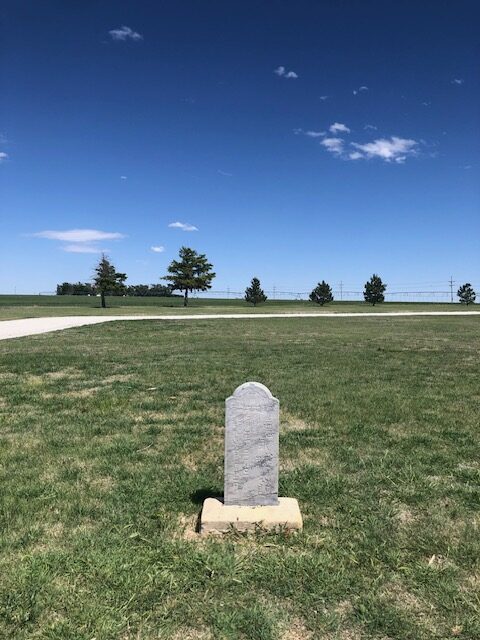
SOURCES: Diggin’ Up Bones by Betty Barnes; History of Kearny County Vols. I & II; ancestry.com; newspapers.com; findagrave.com; amache.org; Museum archives and archives of The Advocate, Lakin Investigator, Garden City Reflector, Garden City Telegram, and Hutchinson News, with special thanks to T.J. Randolph.

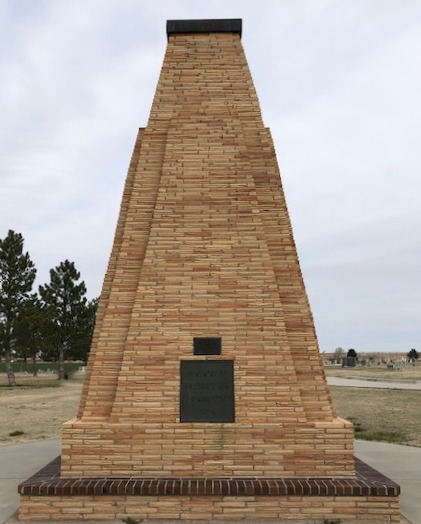
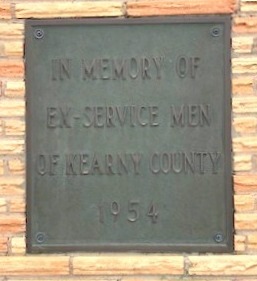
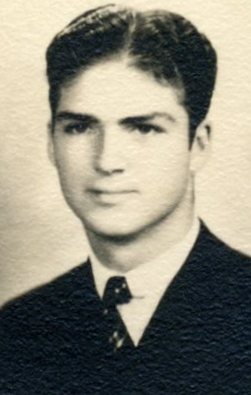
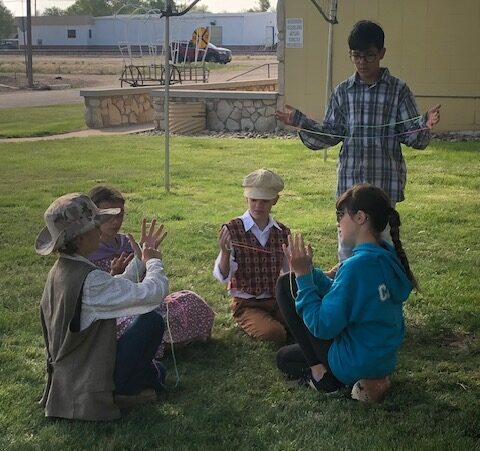
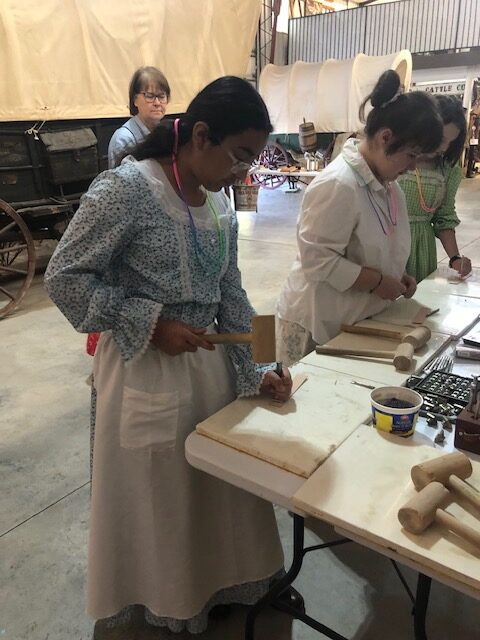
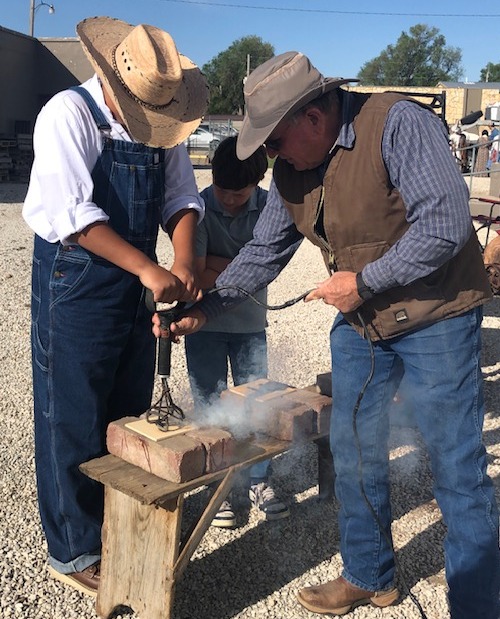
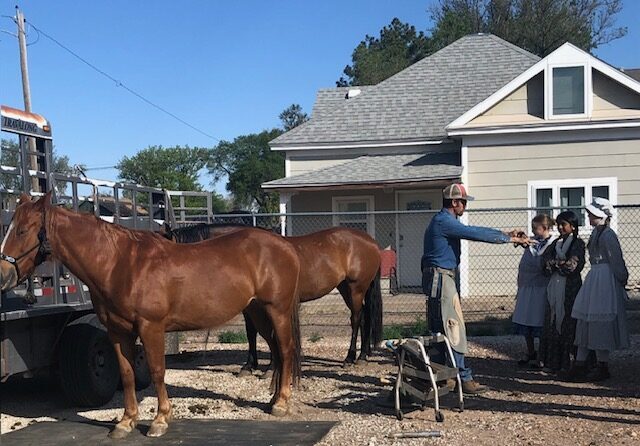
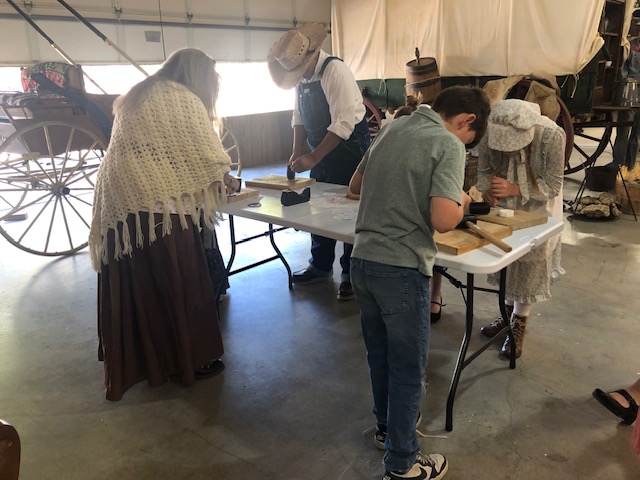
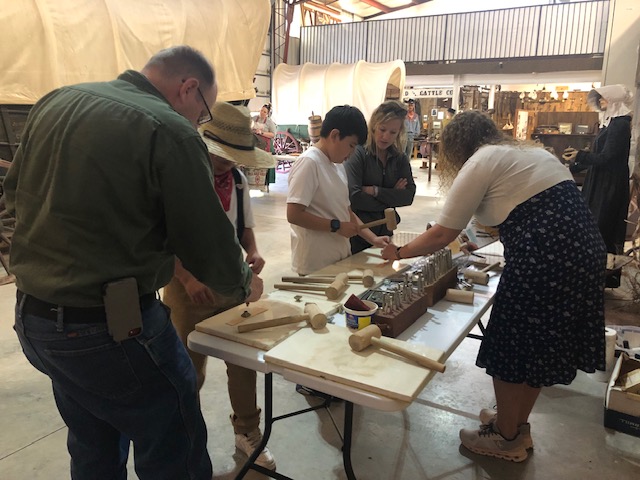






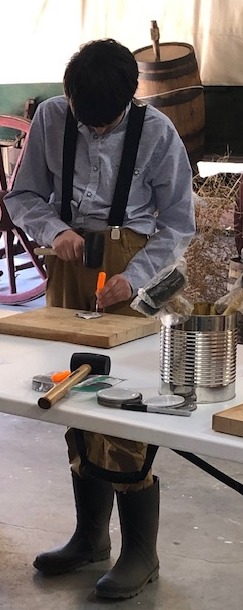
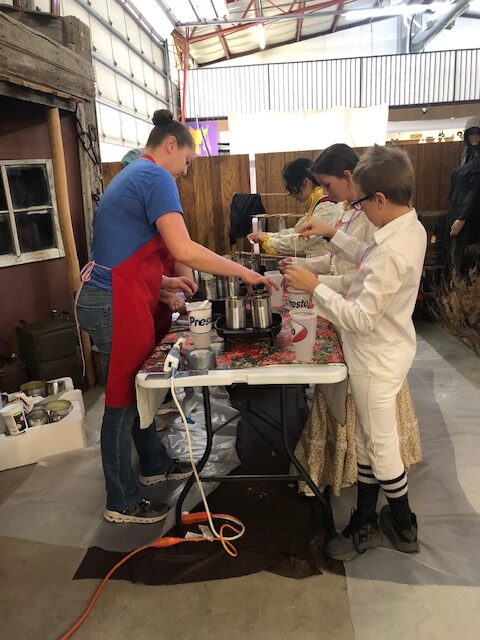
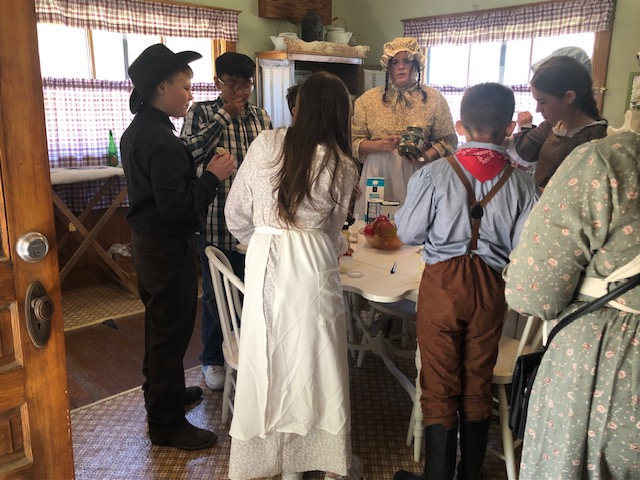
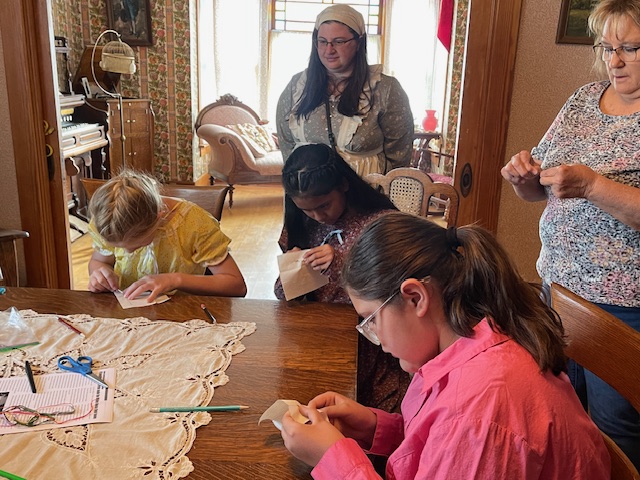

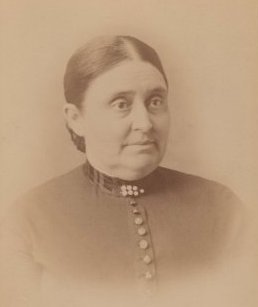
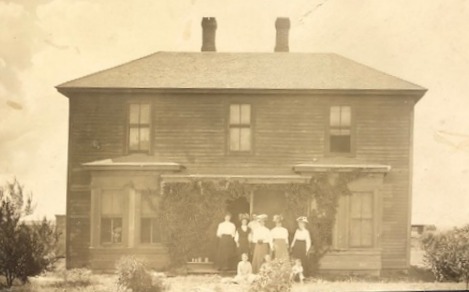


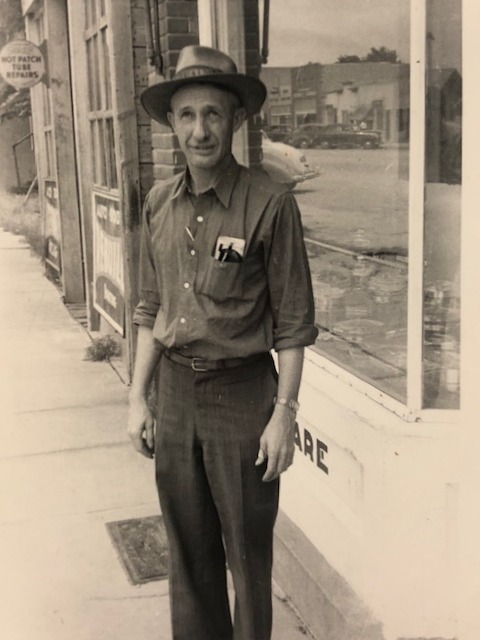

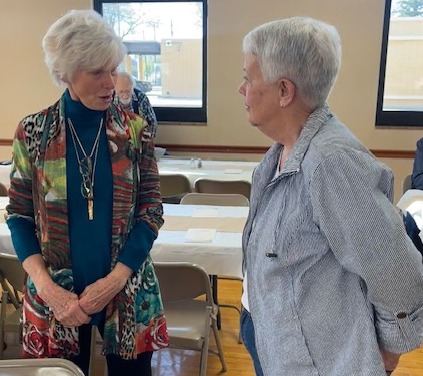
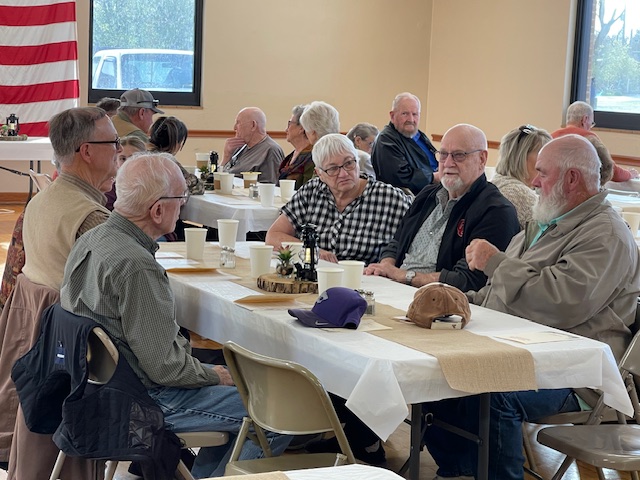

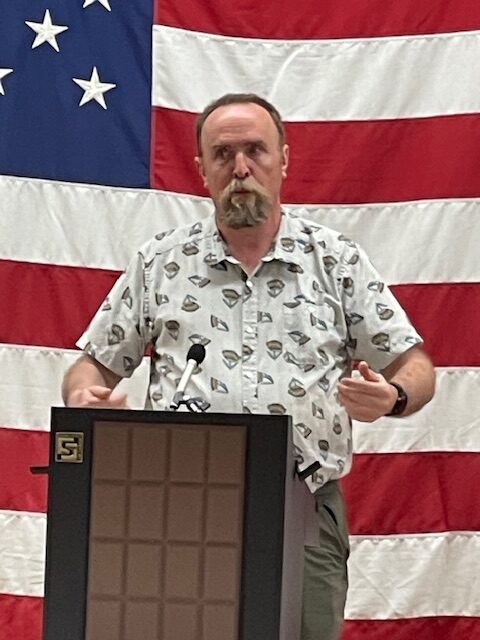

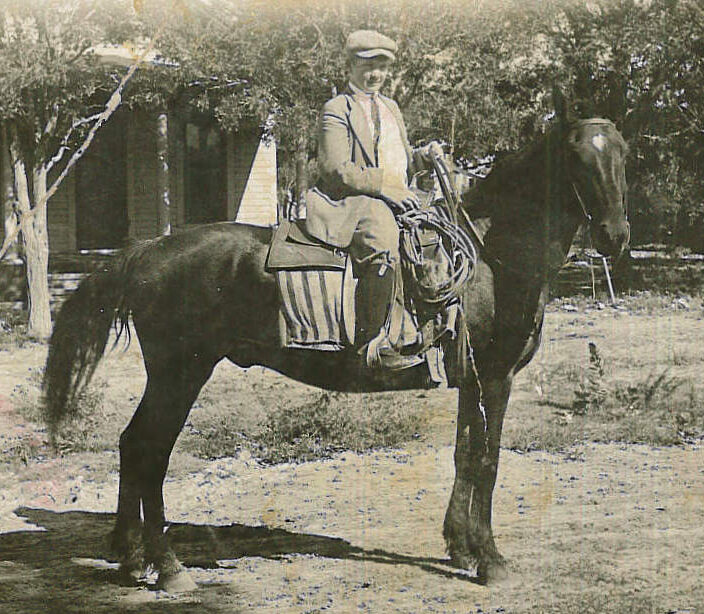
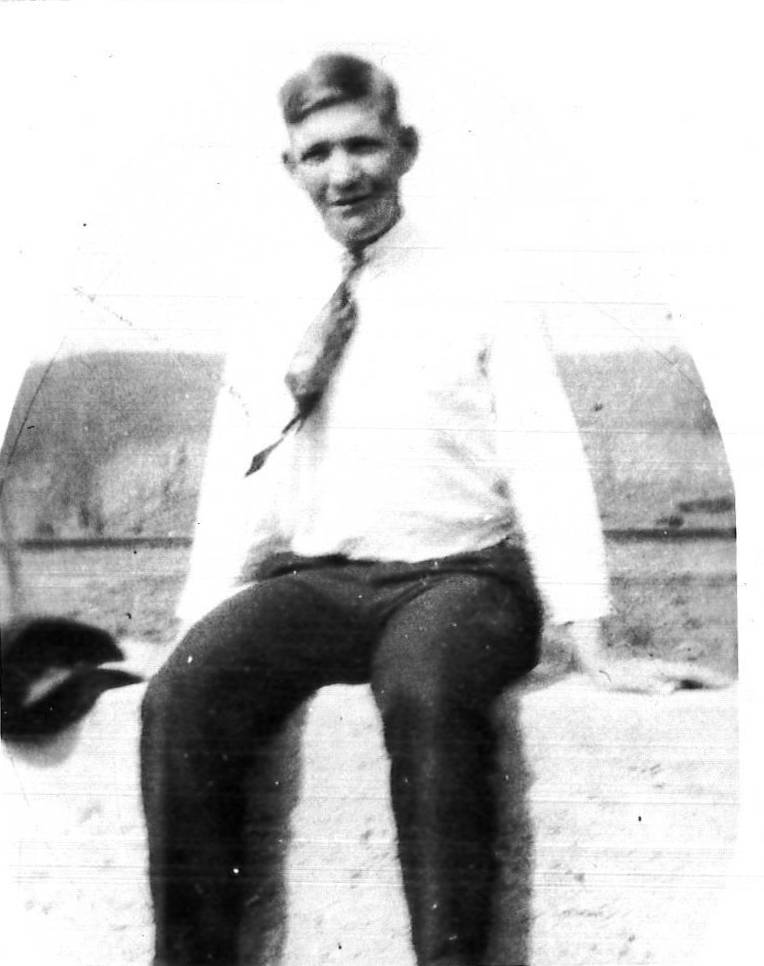 Tom O’Loughlin was a much-loved, good-natured friend to all. He always remembered those he met, always spoke to all of high and low degree, and was willing and ready to help in times of trouble. He was known for his Irish humor and often participated in community and school events including skits and fairs. He particularly enjoyed dances.
Tom O’Loughlin was a much-loved, good-natured friend to all. He always remembered those he met, always spoke to all of high and low degree, and was willing and ready to help in times of trouble. He was known for his Irish humor and often participated in community and school events including skits and fairs. He particularly enjoyed dances.
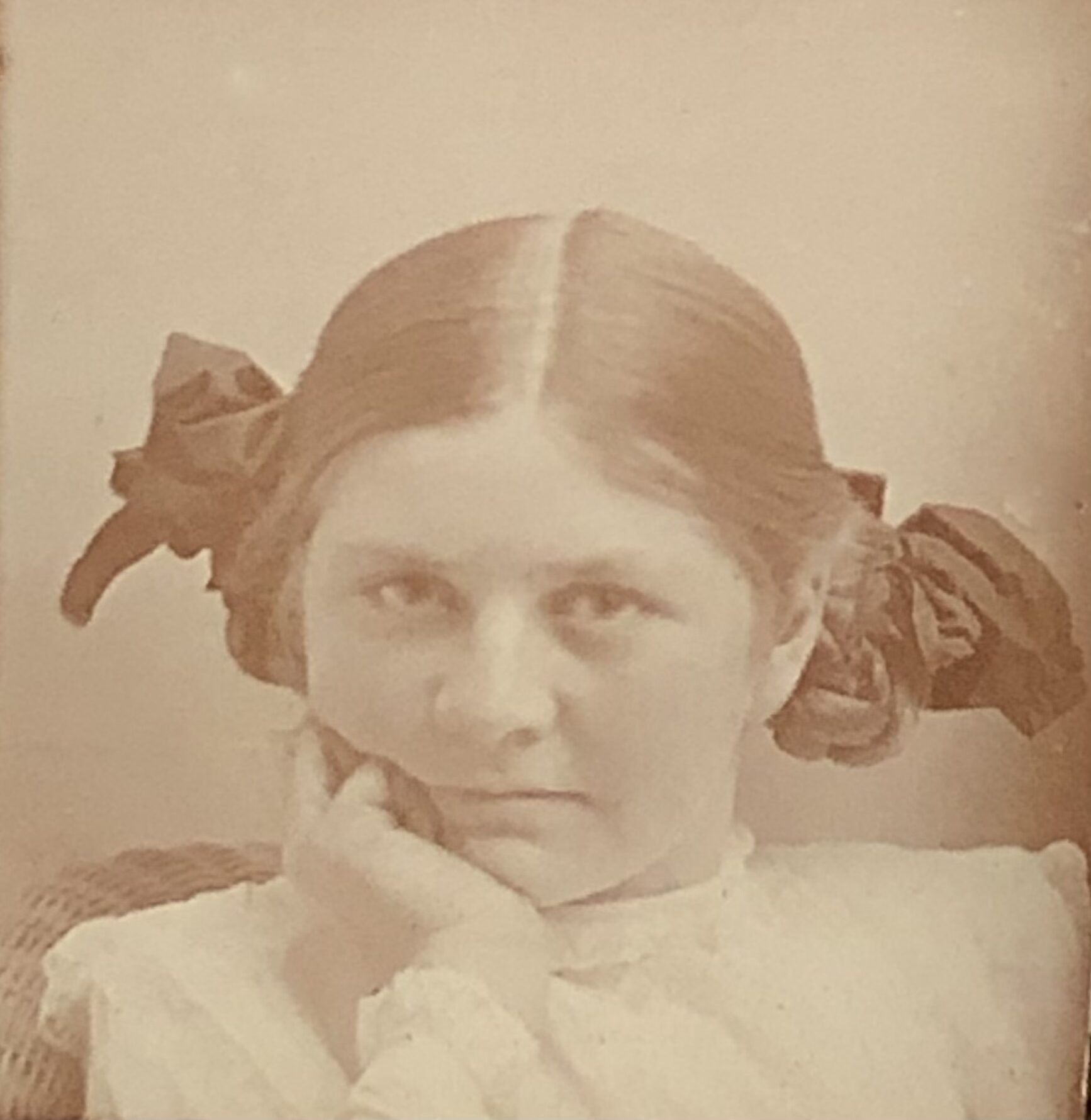 Helen O’Loughlin’s students benefited greatly from her love of learning. They were drawn to her warm and friendly nature, and many were better prepared for successful futures because of her guidance. Following her graduation from Lakin High School in 1915, Helen took the local Normal Training Course and received her third-grade teaching certificate. That fall, she left for Dodge City to attend college at St. Mary of the Plains.
Helen O’Loughlin’s students benefited greatly from her love of learning. They were drawn to her warm and friendly nature, and many were better prepared for successful futures because of her guidance. Following her graduation from Lakin High School in 1915, Helen took the local Normal Training Course and received her third-grade teaching certificate. That fall, she left for Dodge City to attend college at St. Mary of the Plains.